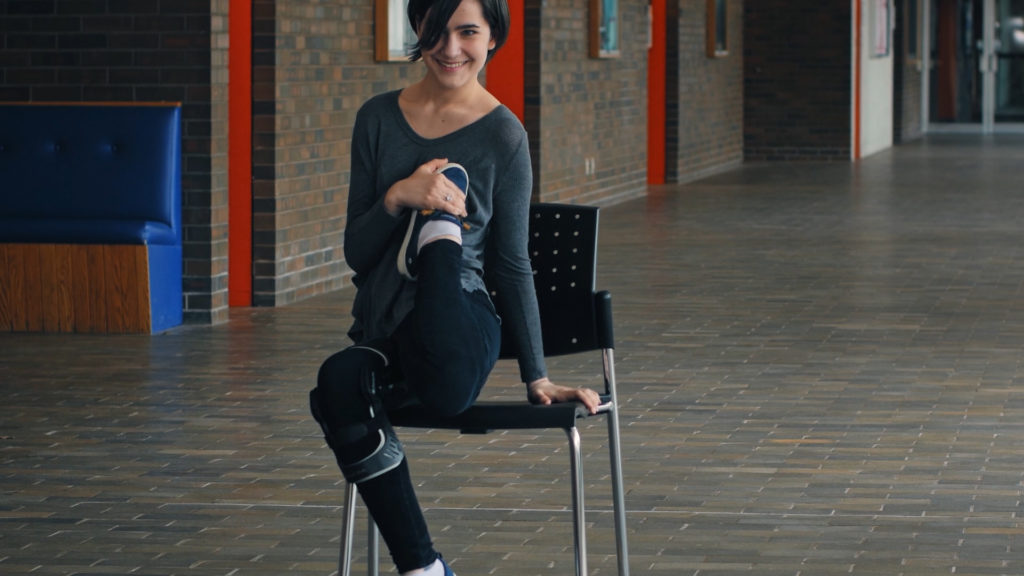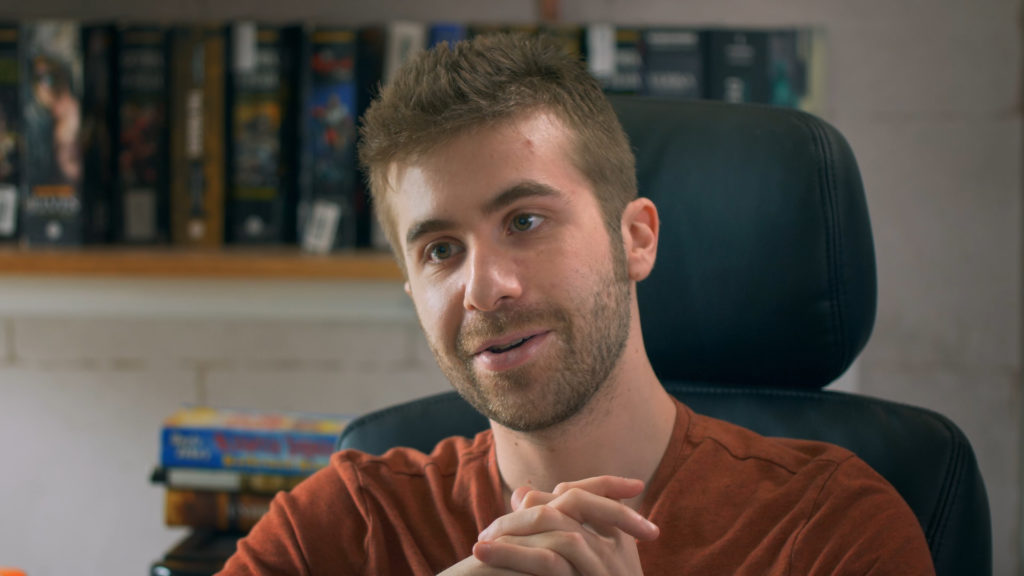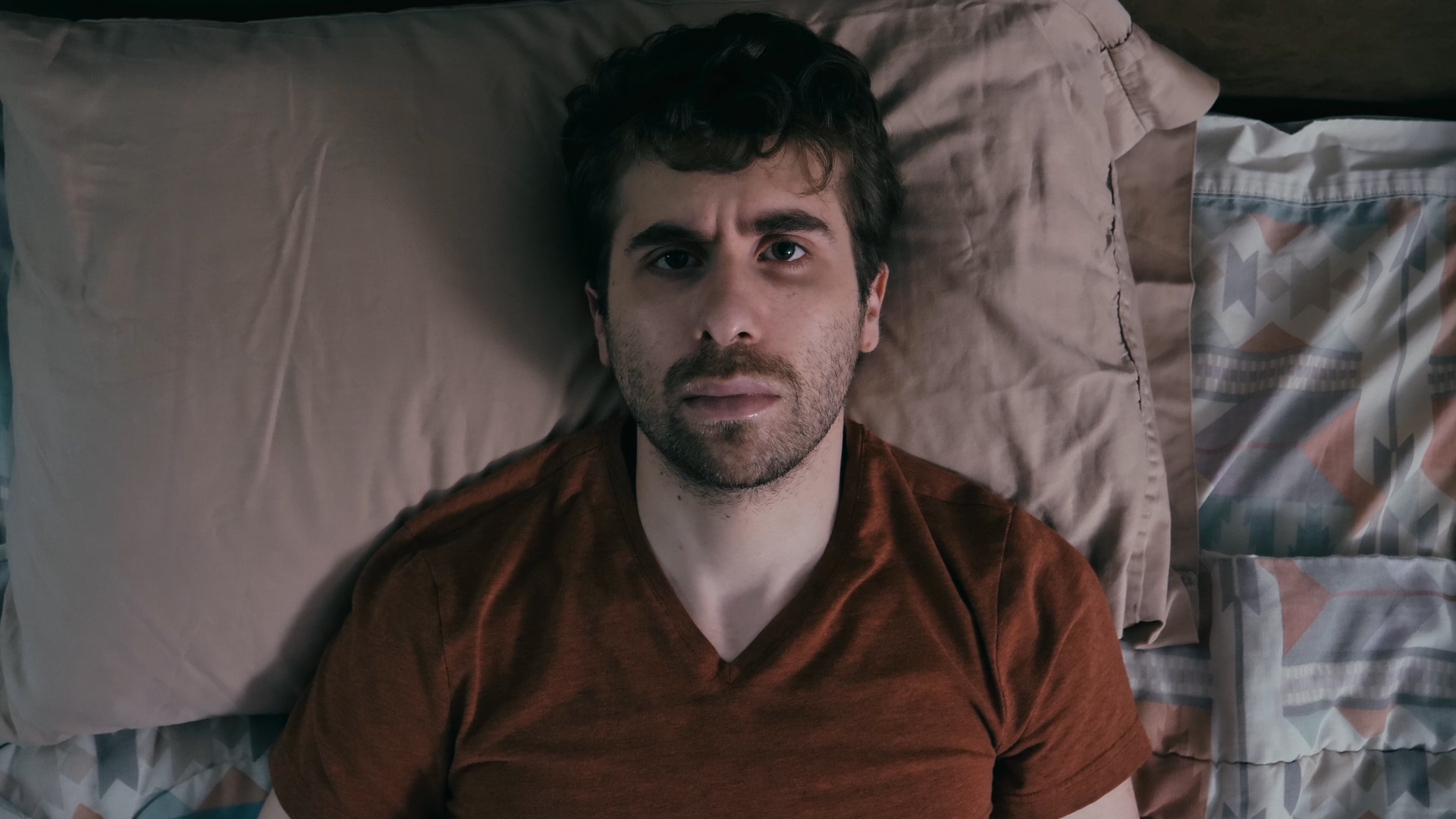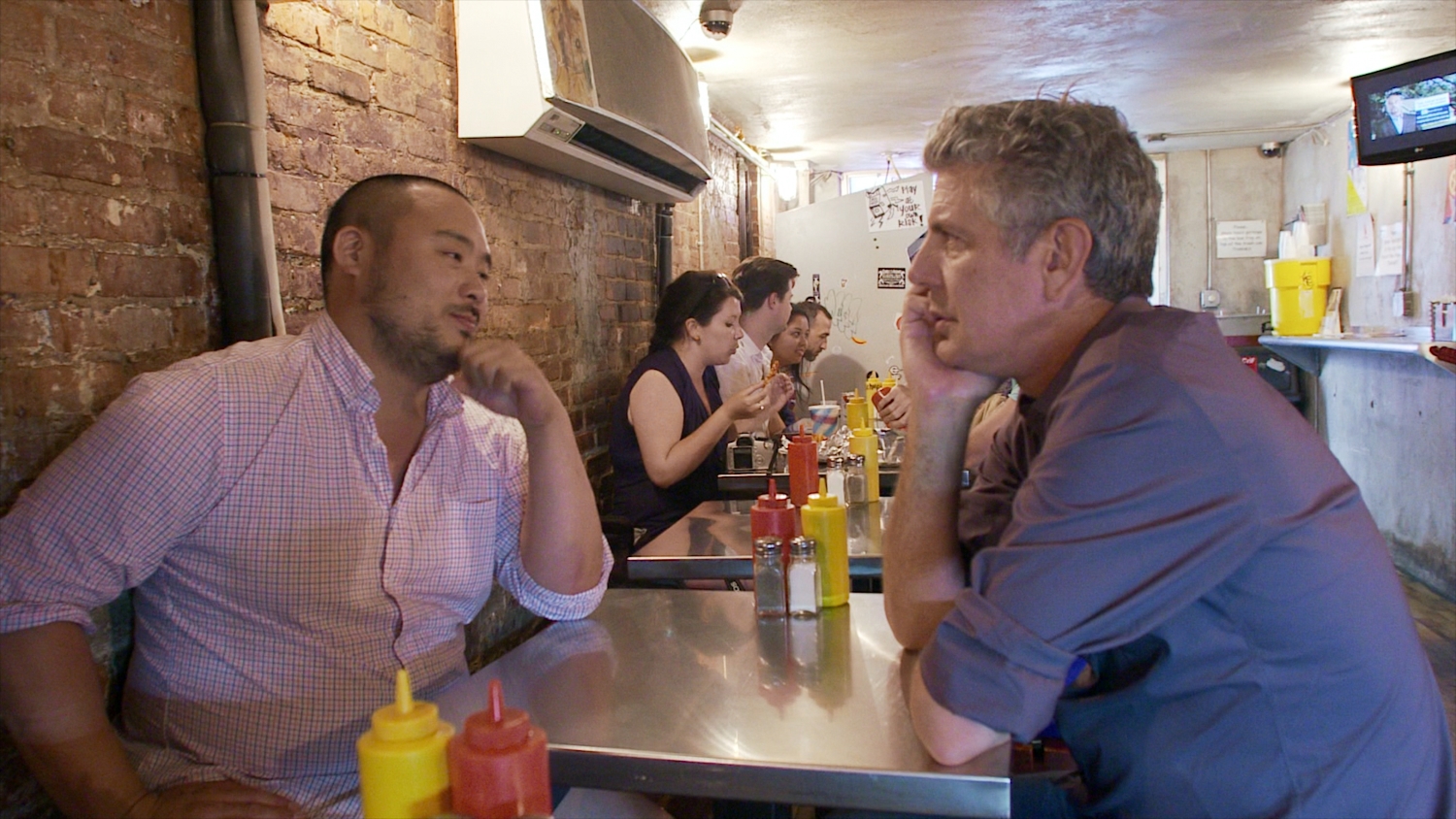“It was all unplanned,” says filmmaker Karan Sharma. “We didn’t even plan on making a documentary.” With a background in fiction film, working for five years in India’s Bollywood industry, Karan Sharma’s first documentary, Bend or Break, took him and co-director, Sidhant Sharma, by surprise.
In 2018, the two recent graduates of Durham College attended a TEDx Talk facilitated by York University to research child abuse for a potential film. Though passionate about the issue, as Karan has experienced abuse himself, their attention was unexpectedly drawn elsewhere upon hearing an inspiring presentation by a young man who lives with a rare genetic disorder, Ehlers-Danlos Syndrome (EDS). Ehlers-Danlos Syndrome is an inherited disorder that mainly affects the skin, joints, and blood vessel walls. Many people with EDS have very elastic skin and are hypermobile, though these characteristics are not indicative of the genetic disorder. For some, these may be the only symptoms they will experience, but for others, like Mitchell Martow, it can cause debilitating chronic pain. Neither of the filmmakers had heard of EDS before and were hooked by his story.
“We come from a country [India] where the population is [over one] billion and we were not aware of this issue. That gave us an incentive to think there also must be so many people in Canada who are also not aware,” Karan said. “People should know about this.”
This was Mitch’s second time giving his TEDx Talk after a technical error resulted in a failure to record the first one. An advocate for EDS awareness, he was determined to try again in hopes that his story would reach a wider audience online. To his disappointment, the second talk failed to be recorded yet again. His annoyance was soon replaced by delight when two strangers approached him, asking to make a film about his journey.
When Karan and Sidhant met Mitch, the 23-year-old had been officially diagnosed with EDS for four years, since 2014. However, it took a traumatic five years to receive the proper diagnosis.
“The instant I was diagnosed was the moment I stopped being actively suicidal,” Mitch says.
Mitch is a childhood friend of mine—we went to summer camp together—and I remember him telling our friend group about his first suicide attempt when we were around 15. As his friends, we were shocked, concerned, and wished to be supportive, but we struggled to grasp what he was experiencing. His family and physicians were also at a loss. Mitch had expressed sensations of severe physical pain, particularly in his legs, since he fell ill with swine flu (H1N1) during the epidemic in Toronto in 2009. Even after Mitch recovered from the virus, his pain persisted, but every medical test he took to determine its source came back negative. As a result, Mitch’s physicians became convinced, and influenced his family, that he was suffering from a mental illness, not a physical condition.
“I never thought I had depressive disorder,” Mitch says. “There’s a difference between having a depressive clinical disorder and just being miserable because you’re in so much pain.” In retrospect, he realizes that his suicide attempt reinforced the theory that his suffering boiled down to a mental disorder. “So even after the suicide attempts, they could still say, ‘You’re just depressed,” he explains.
It was only after watching the documentary that Mitch’s family, who are all featured in the 40-minute film, realized his first suicide attempt was not a cry for help, but an intentional effort to end his life. “My family was sort of shocked when they realized how serious that wish to die was and it made watching the documentary very emotional,” he says. “No one had an easy time watching it, but everyone felt it was important to do so because there were new discoveries.”
Even if the suicide attempt had been a cry for help, it did not lead to Mitch receiving the proper attention, as many efforts to aid him were misguided and informed by the incorrect diagnosis. Since Mitch was certain he was in physical pain, he describes doctors and family members as, albeit unintentionally, gaslighting him about his experience of reality, creating a lot of hurt and distrust.

“Everyone, my doctors and family, wanted to do what they could to help me, but if the doctors were right and the only thing wrong with me was mental illness, then it seemed like motivating me to just snap out of it was the only option they felt like they had,” Mitch says. “So it was rocky at times in terms of family.”
Desperate for solutions, Mitch developed his own strategies to overcome his pain, which he now thinks likely caused more damage to his body. “I would do things like sprint around the block over and over again because I thought I just needed to get my legs stronger and the pain would go away,” he remembers.
Eventually, Mitch had to accept that these methods weren’t working and gave up many of his favourite activities like skiing, hockey, and martial arts. The chronic pain causes extreme insomnia so Mitch would often stay awake for over 30 hours. He would be too exhausted to attend school, and when he did attend, he would fall asleep in class or faint and have to be taken home, sometimes in an ambulance, which devastated him as a devoted student. In ceasing many physical and intellectual activities, he tried to maintain a semblance of normalcy in his life; instead, he was continuously confronted by others, who thought he was simply lazy.
“I felt like I wasn’t good enough,” he says. “I care about what people think about me, maybe even more than I should, so if everyone was looking down on me for not trying when I was trying, maybe twice as hard as most people do in their teenage years, it’s super demotivating. You just give up because, what’s the point?”
According to Mitch, his high school did very little to help him or make accommodations and even attempted to push him out, citing that he was too complicated. Later in 2011 he attempted suicide again, this time coming much closer to achieving his goal.
Mitch was recently diagnosed with post-traumatic stress disorder (PTSD) and sometimes experiences flashbacks of events that have devastated him. He says he’s had the condition for a long time but only sought a therapist for treatment after it got worse during the pandemic. Generally, his depressive episodes correlate with how he feels physically, whether it is the amount of pain or sleep deprivation he is experiencing, which fluctuates day-to-day. But with PTSD, his mental state can spiral downward independent of anything that is happening in the present. This signaled to him that, this time, there was indeed a mental health issue that needed to be addressed.
Mitch details a recent PTSD episode in his blog, Bend or Break: An Ehlers-Danlos Syndrome Blog, which he hopes to one day turn into a memoir. In preparation for the film, Karan and Sidhant read every blog post, giving them deeper insights into Mitch’s psyche and personal experience. Like his TED Talk, the purpose of the blog, and the film for that matter, is to spread awareness and help those struggling with EDS and chronic illness, especially for those who are in pain but don’t yet have a diagnosis.
He discovered that he had EDS by chance. A neurologist noticed Mitch’s joints crack as he stood up to leave his office. After speaking with Mitch briefly, he suggested that he look up Ehlers-Danlos Syndrome when he got home. Researching the condition, Mitch excitedly realized that it offered an explanation to all of his symptoms, including health issues he faced before getting swine flu, such as recurrent hernias. Eventually, a skin biopsy revealed that Mitch undoubtedly has EDS.

The diagnosis is a double-edged sword, as Mitch’s father, Dr. Jeffrey Martow, points out in the film. On one hand, it is validating for Mitch and provides new paths to move forward. On the other hand, there is no cure for EDS to date and there is still so much research into the genetic disorder that needs to be done.
Though there’s no promise for a cure in the near future, and Mitch continues to contend with many of the same symptoms and challenges he’s experienced for over a decade, the diagnosis improved his quality of life in numerous ways.
“The turning point was my diagnosis because I could meet other people who had this condition and see how they cope with it,” says Mitch. “I could get real treatments for the physical problems this condition was causing, and I could not be seen as lazy.”
The diagnosis also helped repair relations within the family since it enabled them to finally understand what he was going through and how to best support him given this knowledge.
“An immediate benefit was of people being more accepting of my limitations and encouraging me when I went back to school, and being proud of my accomplishments despite my condition. It’s just a total reversal,” Mitch explains. “I think if I had a kid who just wanted to stay inside when they look perfectly healthy, I would also be frustrated. That’s why I don’t become super bitter now because I think it was a very difficult position [for them] to be put in.”
The diagnosis allowed for him and others to recalibrate their expectations and redefine success and progress. “When people stop expecting the impossible of you there’s an immediate repairing of trust. If they have realistic expectations, and [know the] ones you’ve set for yourself, then they support you in achieving those goals. It’s not just looking after me in the way that someone would look after someone who has limited mobility, for example,” he says. “Most importantly, it’s the mental encouragement. That’s a real family support system.”
Since the diagnosis, physicians have also changed their treatment and attitude towards him. He says, “They no longer throw antidepressants at me and just call it a day.” The doctors altered their treatment method from pain management to tackling his insomnia in hopes of improving his overall health. “Instead of using pain killers, we could focus on improving my sleep. If I sleep decently, I can cope with my pain, but if I have both those problems, it’s impossible,” Mitch explains.
Because the severity of his condition is such an anomaly—doctors have referred to him as a medical marvel—much of his treatment is experimental. Due to this fact, no medical experts were included in the documentary apart from Mitch’s father, Dr. Jeffery Martow, and his eldest brother, Dr. Evan Martow. Mitch and the directors attempted to set up interviews with some EDS experts, but they declined due to ethical and legal concerns because their research is still ongoing. Mitch’s case is so extreme, they point out, and EDS research is still quite young, so they don’t want to give the impression that what’s safe for him is safe for others who have the syndrome.

“A lot of people refuse to be treated as guinea pigs, but I don’t have that perspective,” Mitch says. “If something has the potential to help me, I want to be the first one to try it.” Mitch is also drawn to the altruism of participating in the advancement of EDS medical treatment that he hopes will be of help to others. This perspective gives him courage and purpose when facing what often seems like pointless suffering.
In the end, the directors say it is best that EDS experts were not involved in the film, as it would have shifted the focus to a medical and scientific examination of the illness, away from the lived experiences and stories of those who are diagnosed.
Through Mitch, they were able to interview others with the syndrome, many of whom are a part of the EDS Canada support group Mitch attends. He has taken a leadership role, too, in recent years, acting as one of the administrators to the EDS Canada Journey Facebook group. Along with the physical discomforts and challenges EDS sufferers face, many express frustration with how they are treated living with an often invisible disability. Lack of awareness about the condition makes living in a largely ableist society all the more challenging. The Facebook group offers a forum to discuss these issues.
As a result, there is much excitement and high hopes for the documentary amongst the EDS community for its potential to serve as a valuable resource and educational tool in building awareness throughout the country. Mitch has shown the film to some of his professors at The University of Guelph, where he studies political science, who have asked permission to implement the film in their class curriculums.
After releasing a teaser of the film and some stills, a burst of followers joined on Bend or Break’s Instagram. “It went from 10 or 15 [followers] to 600 or 700. And then people started messaging us,” Karan says. For the end credits, the filmmakers got several of the EDS patients who reached out to them to record self-made tapes so they could share their own journeys from around the globe.
Even now, when Mitch is going through a trying time physically or mentally, the documentary, and the EDS community rallying around it, serves as a beacon of hope and propels the aspiring lawyer to continue his own advocacy work. Conversely, the directors acknowledge that an advocacy doc, such as this, wouldn’t have been possible without Mitch.
“That’s my main strategy when it feels like it would be easier to not be around. Hopefully, if I stick around, it will make things easier for other people who are also going through hard things. So if I can feel like I’m making a difference in the world, then it’s easier to cope.”












